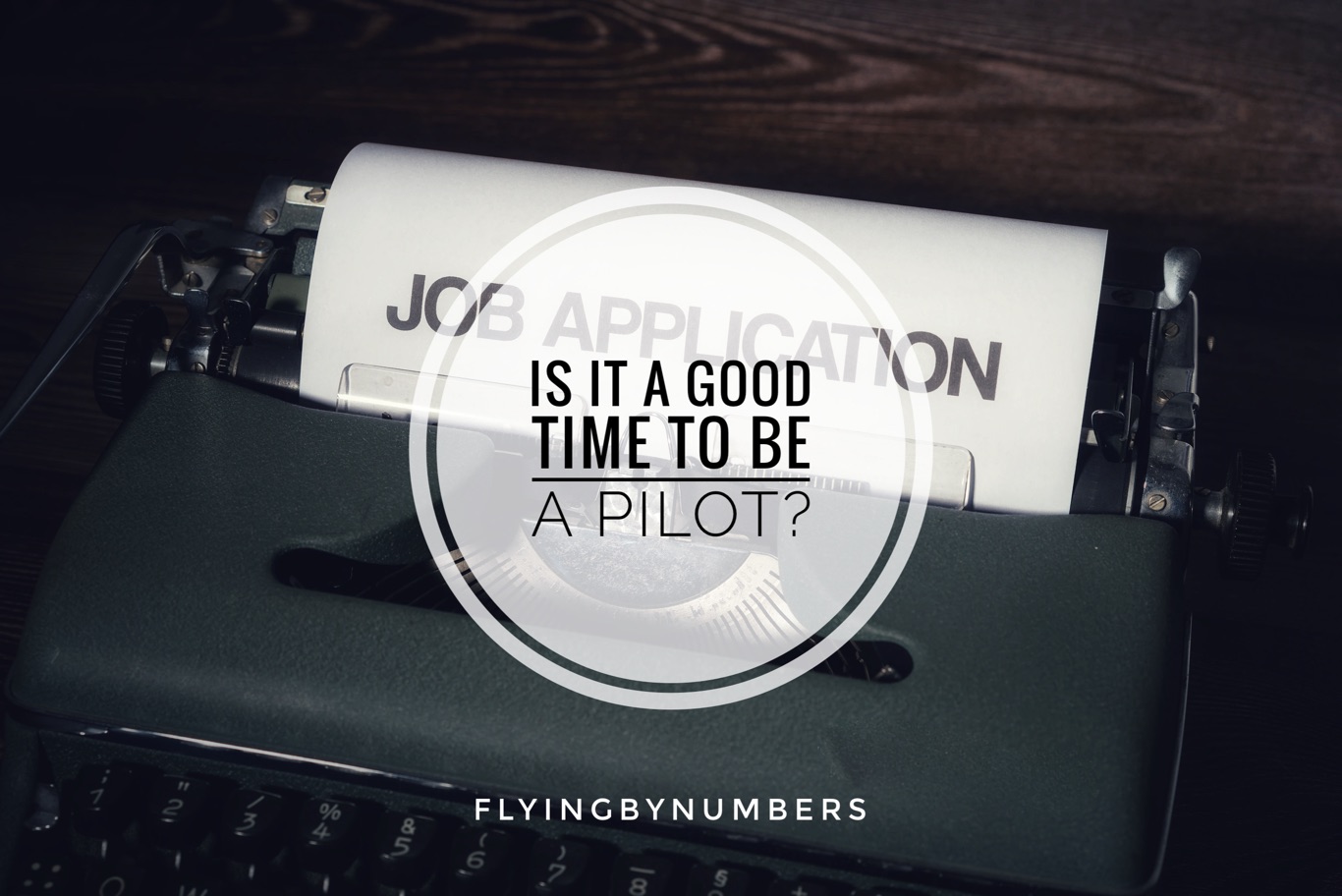The aviation industry, like many others, has seen its fair share of turbulence over the past few years. The pandemic brought unprecedented challenges, but now, as the world begins to soar again, the perpetual pilot question arises — Is now a good time to become a pilot?
With the high cost of training, and the need to dedicate around 2 years from start to finish, taking the leap to become an airline pilot is a considerable decision. There are plenty of stories of pilots that have finished training into an industry downturn, and never ended up succeeding in their dreams of airline flying.
So, in this article we’ll take an industry-insider look at current demand, future pilot requirements, and where shortages are likely to occur. Hopefully, by the end of the article, future pilots will be better informed, and have an idea of their potential career outlook.
The Current Landscape (2024+)
The last five years have been a rollercoaster for aviation. After arguably the industries most significant downturn ever, 2022 marked a substantial bounce-back in demand for air travel which has only continued. This has brought a shortage of both new aircraft, and qualified pilots to fly them.

Modernising air travel
In addition to the resurgence, the pandemic has also subtly changed aviations trajectory and with it, many airlines’ business plans.
Both individual and business consumers now expect better service to accompany the higher post pandemic fares, but also a commitment to reduced carbon footprints from airlines via more efficient planes.
These two factors have contributed to a resurgence in full-service carriers offering premium experiences, and the scrapping of older less-efficient aircraft.
Airline regrets
From a pilot’s perspective, I think it’s fair to say that airlines massively underestimated how quickly demand for air travel would bounce back. And, if airlines had a crystal ball at the start of Covid-19, carriers would have been slightly more reluctant to fire tens of thousands of pilots across the globe and downsize huge numbers of aircraft.
Airlines are currently increasing pilot training, continuing to hire staff and invest in their fleet. Mid-2023 saw airlines return to profitability. However, instead of rejoining the pre-covid world’s race to return profits to shareholders, most airlines have prioritised reinvestment into their fleet, racing to secure future aircraft deliveries from Boeing and Airbus.
Pilots re-evaluating
Airline pilots themselves have faced personal challenges throughout the last few years, including job losses and health concerns.
The recovery phase we’re witnessing now is leading to significant changes in the pilot profession, including aspects like pay, benefits, job seeking, and even retirement. While some pilots are desperate to claw back lost earnings, the majority of experienced pilots seem keen to reduce their hours and commit to earlier retirement plans, furthering demand for fresh pilot recruits.
As a highly unionised profession, airline pilots have begun to extract more concessions from employers in return for their sacrifices throughout Covid-19. With higher fares, and a sweeping return to profitability, airlines have begun improving terms and conditions at a rate that hasn’t been seen for decades to retain talent.
Forecast and Opportunities
Looking ahead, the industry’s future currently seems promising for aspiring airline pilots. Boeing and Airbus have both been vocal about the huge pilot demand, with the airline fleets expanding rapidly to meet global economic growth. Both of the world’s largest aircraft manufacturers think the industry will need around a quarter of a million new pilots over the next decade.
OK, aircraft manufacturers are obviously always keen to forecast demand for their products, but they aren’t the only ones predicting a giant increase in aircraft and pilot numbers:
- The International Air Transport Association (IATA) forecast a 4.2% annual passenger growth over the next ten years.
- Independent consultants Oliver Wyman are slightly more pessimistic at 2.8% growth over the same period, but point out that still requires an additional 9,000 aircraft.
The worldwide commercial aviation fleet will expand 33% to over 36,000 aircraft by 2033 — a compound annual growth rate of 2.9%
Oliver Wyman’s Global Fleet and MRO Market Forecast 2023-2033
This demand for pilots is driven by a combination of airline growth (approx 60%), alongside the need to replace pilots due to mandatory retirements and other attrition (approx 40%).
This should provide some comfort to wannabe pilots — even if the forecast growth doesn’t materialise — a huge workforce demand is coming from retirements regardless. Airlines have allowed their pilot workforce to age, and arguably not placed enough emphasis on a sustainable training pipeline for recruits. This is beginning to change, major airlines in all corners of the globe re-introducing pilot training schemes including United, British Airways, Hong Kong Airlines and even low-cost carriers like Europes WizzAir.
However, it’s important to note that this demand varies across regions…
The Americas (Very high)
In this region, the current average pilot age is one of the highest in the world. As a result, the Americas are expected to have the most retirements in the coming decade, fuelling demand for new pilots to backfill these spaces.
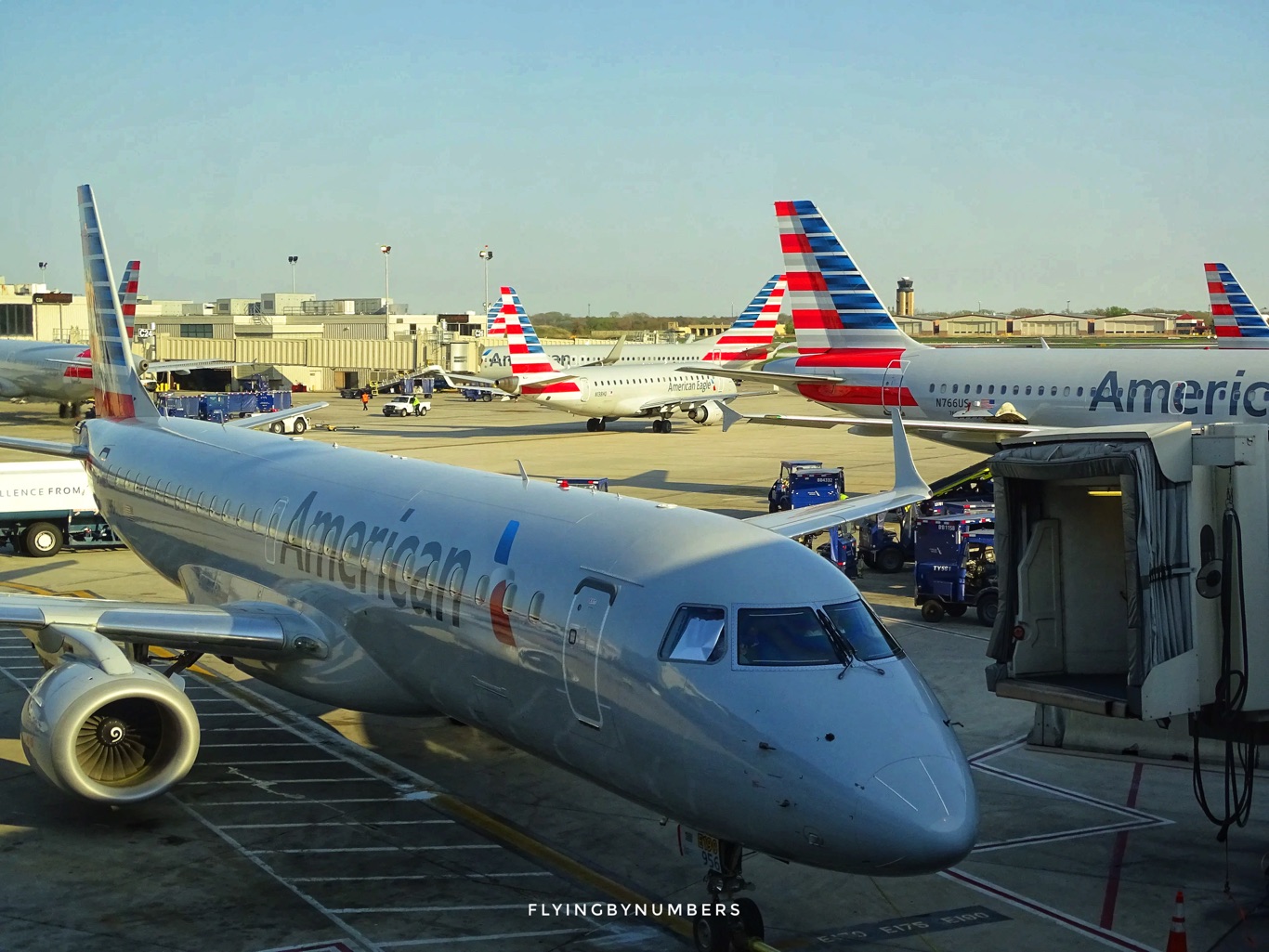
In addition, particularly in the United States, the profitable growth in aviation and fastest bounce back from pandemic cuts has generated significant demand for pilots. This has led to considerable increases in pilot terms and conditions, as competing carriers enter a bidding war for experienced airline pilots.
Europe (Moderate)
Europe’s growth is expected to be slower due to geopolitical uncertainties and economic factors bought about from the Russia invasion. In addition, there is increasing political pressure on existing legacy carriers to reduce their carbon footprints, by limiting expansion and encouraging a switch towards other methods of transport such as high-speed rail.
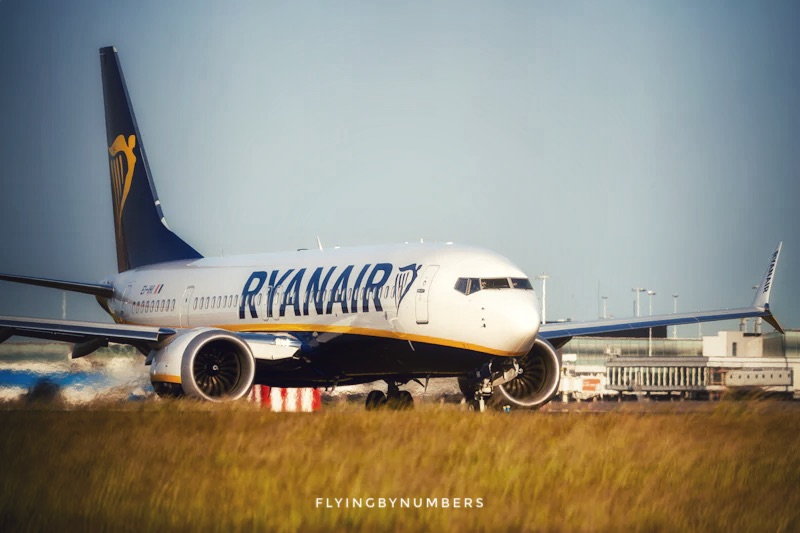
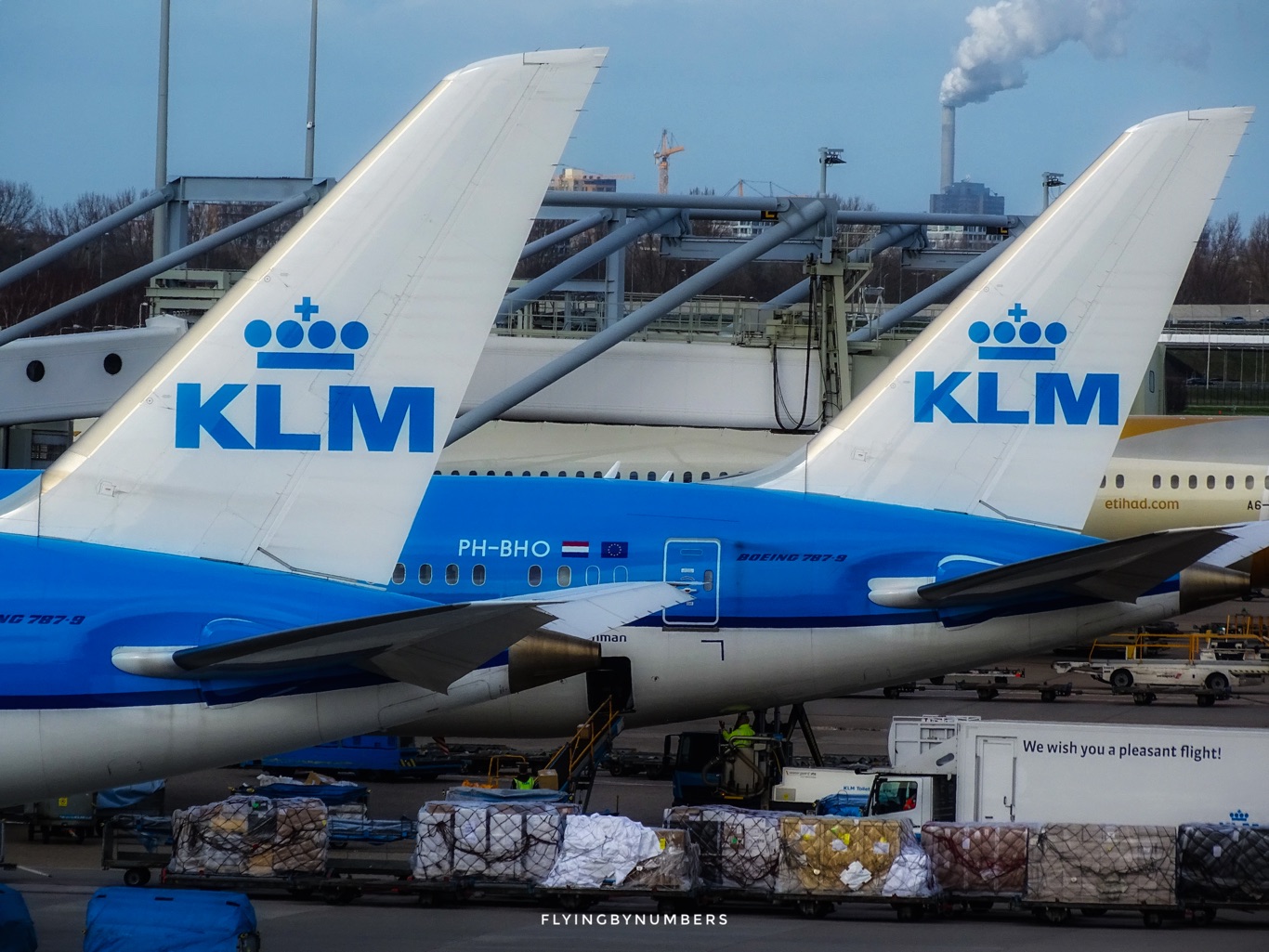
However, the rise of low-cost carriers (LCCs) is continuing to reshape the landscape, creating new pilot job opportunities — albeit with worse terms and conditions than the legacy carriers.
Ryanair has been European aviation’s post-pandemic winner, moving into new markets as financially weaker rivals retrenched. The carrier is already the largest in Europe by passenger numbers; it expects to carry a record 168 million passengers in the year to the end of March, 13 per cent higher than before Covid.
Financial Times
In addition, many of the largest European airlines raised their pilot retirement ages by up to 10 years, approximately 5–10 years ago. This delayed the demand for new pilots at the time, but is now beginning to take effect, accelerating pilot retirements over coming years.
Asia-Pacific (High)
This region is witnessing the fastest growth in commercial aviation, driven by a burgeoning middle-class and new route expansions.
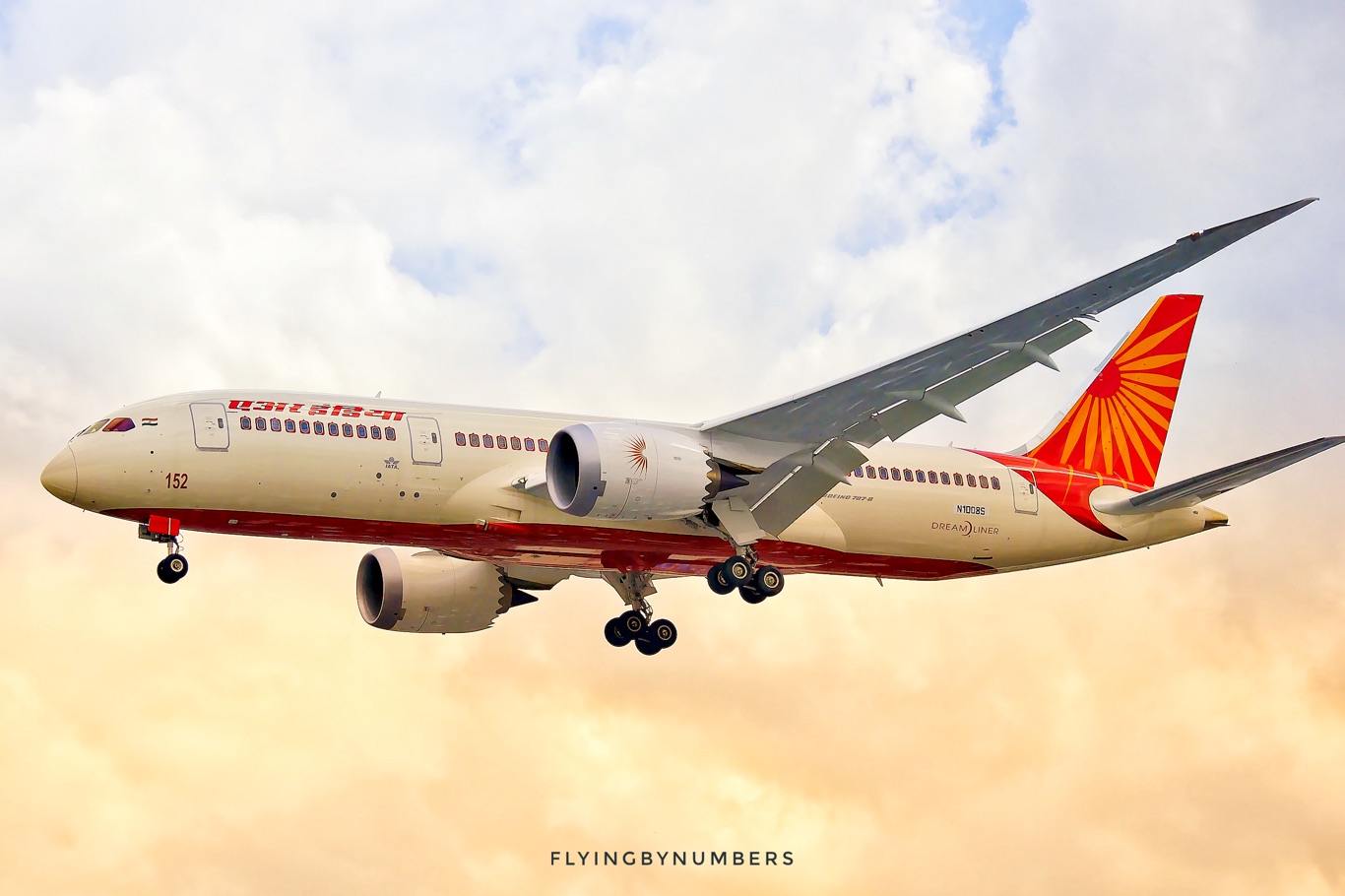
The demand for pilots here is strong, with countries like China and India poised for significant sector growth.
China is also looking to compete with Airbus and Boeing after the development of a Chinese made commercial aircraft — the Comac 919. Making its maiden flight in 2023, success for this home-grown alternative could reduce aircraft delivery queues, and spur even faster expansion.
Why haven’t we rated demand as high as in the USA? With a looming recession in China, alongside the potential for trade wars reducing the number of aircraft delivered, there is the potential that pilot demand won’t pick up as rapidly as forecast.
Middle East (Very High)
The Middle East region is also seeing fresh growth, and could be the wild card of the pack. Middle Eastern carriers have traditionally been reliant on expatriate pilots, but are trying to focus on local pilot development.
However, cadet pilots schemes simply aren’t enough to deliver the considerable volume of pilots required. Not only are current Middle Eastern carriers on a huge recruitment drive — Emirates wants to increase pilot training by 54% in 2024 alone — but there are a whole host of additional airlines in the pipeline.
The Minister of Transport and Logistics Saleh Al Jasser revealed that the Kingdom will invest approximately $133 billons within this decade to develop the aviation sector
The future of the aviation sector in Saudi Arabia

With expansion at Riyadh Air (700 additional pilots in the next 3 years), Saudia (49 additional 787 Dreamliners ordered) and an entirely new international airline NEOM planned for 2025, the demand could be huge. The risks, however, are that a weakening oil price and continued tension in the region shelves these future expansion plans.
Challenges and Considerations
Despite the current rosy outlook, there are hurdles that aspiring pilots should consider. A major deterrent is the high cost of flight training. As countries have cut back on airforce sizes over the last few decades, there has been a marked shifted from military to civilian training paths. This increased commercialisation of flight training has burdened aspiring pilots with significant expenses.
Additionally, the rise of low-cost carriers has helped drive initial salaries down. In entry-level pilot jobs, airlines have exploited the high training debt levels of cadets — understanding that they need to take any job quickly to gain experience. As a result, new pilots will often be repaying giant sums of their salaries on flying debt for 5–10 years after graduating, making the financial feasibility of a pilot career challenging for many.
Finally, the aviation industry as a whole is hugely susceptible to outside influence. Previous downturns have been sparked by wars, oil price spikes and, of course, global pandemics such as SARS and Covid-19.
In an increasingly unstable world, two years can seem like a long time, so even if embarking on pilot training at an optimal time, many airline cadets find themselves without a job by the time their qualifications arrive!

Due to the high-profile nature of incidents and accidents, aircraft accidents or engineering issues can ground entire fleets of aircraft, generating gigantic surpluses of trained pilots. Recent longhaul examples include, Rolls-Royce engine issues in 2018 affecting large numbers of the global 787 fleet. Shorthaul examples include the Airbus A320 NEO engine issues putting a stop to LCC Whizz Airlines expansion plans, and the potential second grounding of the 737 MAX fleet, after Alaska Airline’s recent incident.
Summary: Is Now the Right Time?
On the face of it, 2024 is an excellent time to begin pilot training. The demand for pilots is undoubtedly growing, driven by an expanding global fleet and the need to replace retiring pilots. With acute pilot shortages already affecting some parts of the world, terms and conditions are on an upward trend, and many airlines are returning to set up fully sponsored pilot schemes.
These schemes in particular mean that fortunate cadets can attain flying training without the heavy debt, something which has been rarely available over the last decade.
Pre-Covid, the supply of pilots was meeting the flying public’s demand, yet storm clouds were gathering along several fronts. The baby boomer cohort of pilots was nearing the federally mandated retirement age of 65. The rapid growth of the airline industry globally was luring U.S. pilots with better pay and perks. The traditional pathway of military pilots transitioning to civilian carriers was slowing, due to fewer deployments and the rise of autonomous drones.
CNBC — Airlines plan to create a new generation of pilots amid fears of a decade-long cockpit crisis
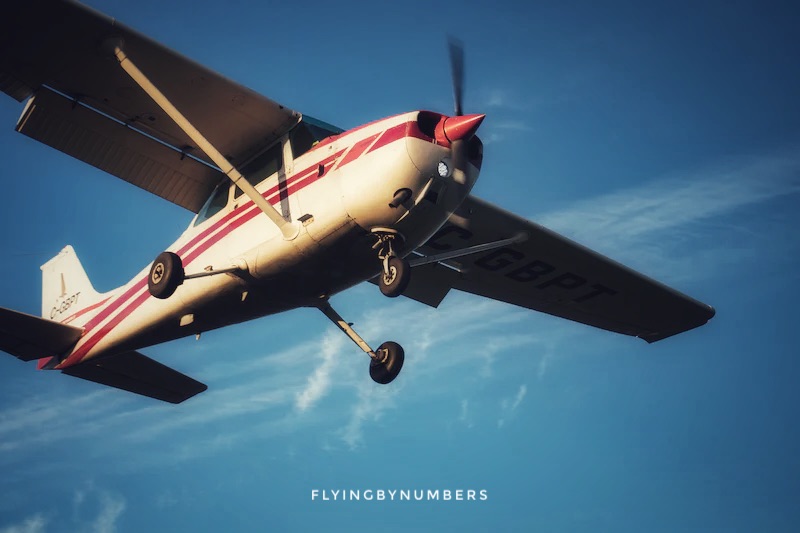

However, the full answer requires some nuance. The regional variances in demand, coupled with the financial challenges of training for those in regions without sponsorship schemes, mean that the decision to pursue a career as a pilot must be carefully considered.
Equally, while there is a baseline demand for new pilots driven by retirements, additional forecast demand could vanish overnight. Aircraft groundings, geopolitical tensions and even pilotless aircraft could be just over the horizon!
However, for those passionate about aviation and willing to navigate these challenges, the skies might just be opening up at the right time.
